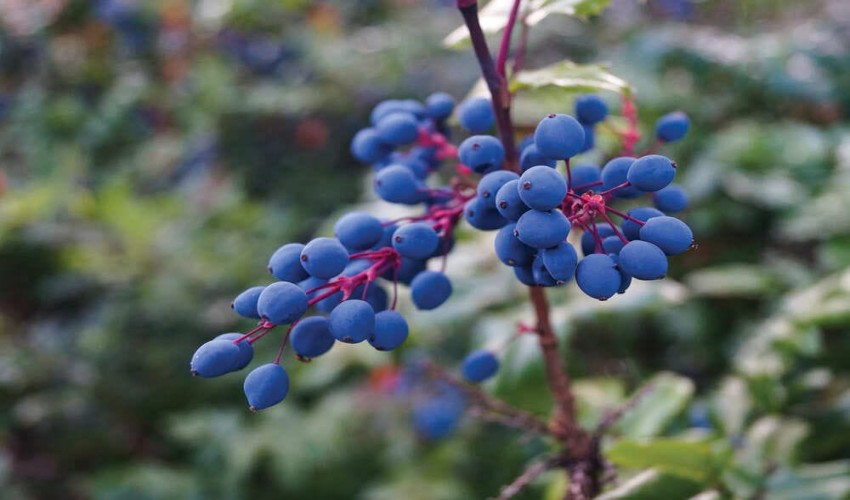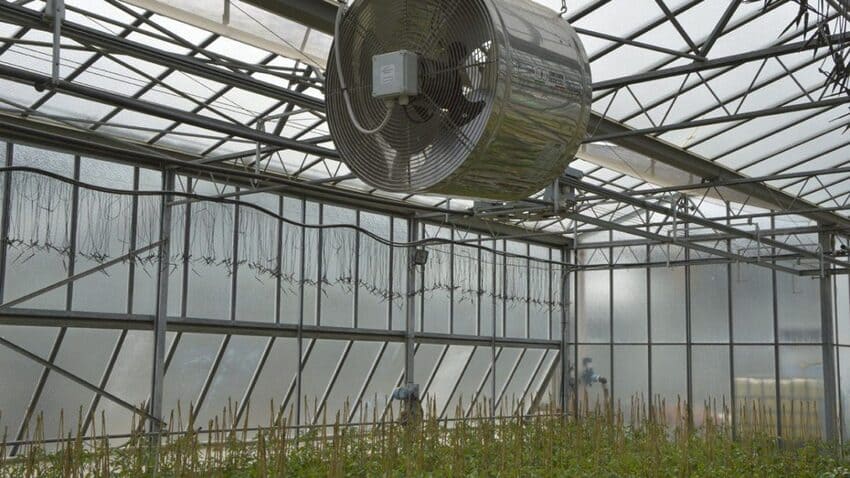Agriculture Science
5
Unlocking the Blue Mystique: Nanostructures in Fruit Wax
- Rating
- blueberries
- nanostructures
- wax coating
- light scattering
- Science Advances
- natural coloration
- non-staining applications
The distinctive blue shade of blueberries stems from the unique structure within their wax coating.
Research in Science Advances reveals that the wax layers of blue-toned fruits like blueberries, grapes, and certain plums are embedded with nanostructures that disperse blue and ultraviolet light. This optical property causes the fruits to appear blue to human eyes, and likely as a blue-UV color to birds, who have UV vision capabilities.
Despite the rarity of blue in the natural world and the absence of blue pigments in most fruits, blueberries contain abundant anthocyanin, a skin pigment that typically imparts a dark red color.
However, it's the fruit's waxy surface layer that generates its blue coloration. Exploring this mechanism opens up potential for replicating the blueberry's natural dye method in products such as plastics and cosmetics, offering a dye-free coloring solution, as noted by a physicist from the University of Bristol and Dresden University of Technology.
To delve into the specifics of the berries' waxy exteriors, the research team employed scanning electron microscopy, unveiling a variety of intricate molecular structures. Further optical analysis confirmed these structures' role in scattering blue and UV light.
Microscopic imaging showcased the detailed structures on the skins of blueberries, Oregon grapes, and plums, revealing how these nanostructures mask the underlying dark red anthocyanin pigments, presenting a blue appearance.
By experimenting in the laboratory, the team successfully mimicked this natural phenomenon. Dissolving Oregon grape wax in chloroform made it transparent, but as it recrystallized on a black surface, it regained its blue color, illustrating the transformative effect of the wax's nanostructures.
CITATIONS
- R. Middleton et al. Self-assembled, disordered structural color from fruit wax bloom. Science Advances. Published online February 7, 2024. doi: 10.1126/sciadv.adk4219.
Leave a Reply
Your email address will not be published. Required fields are marked *


